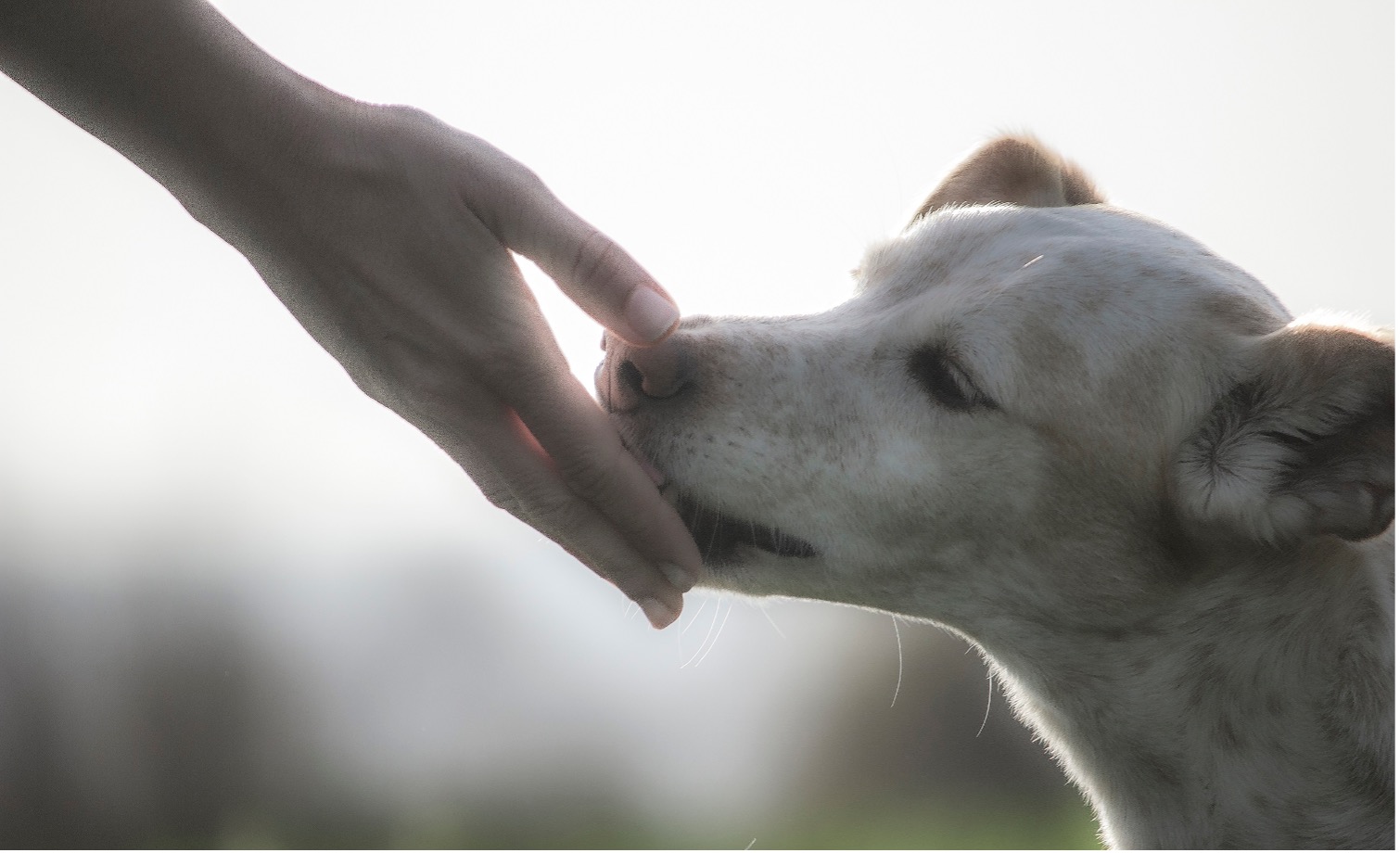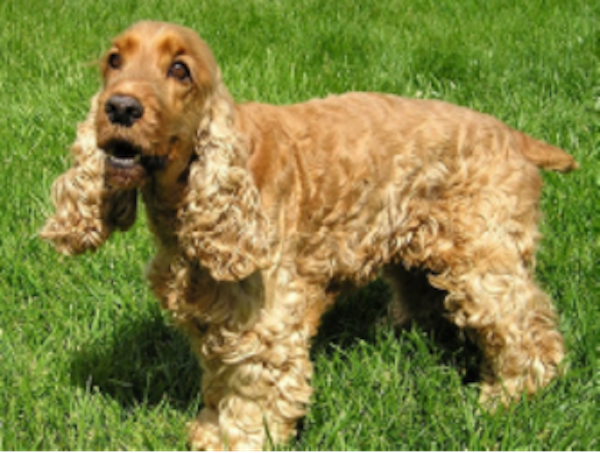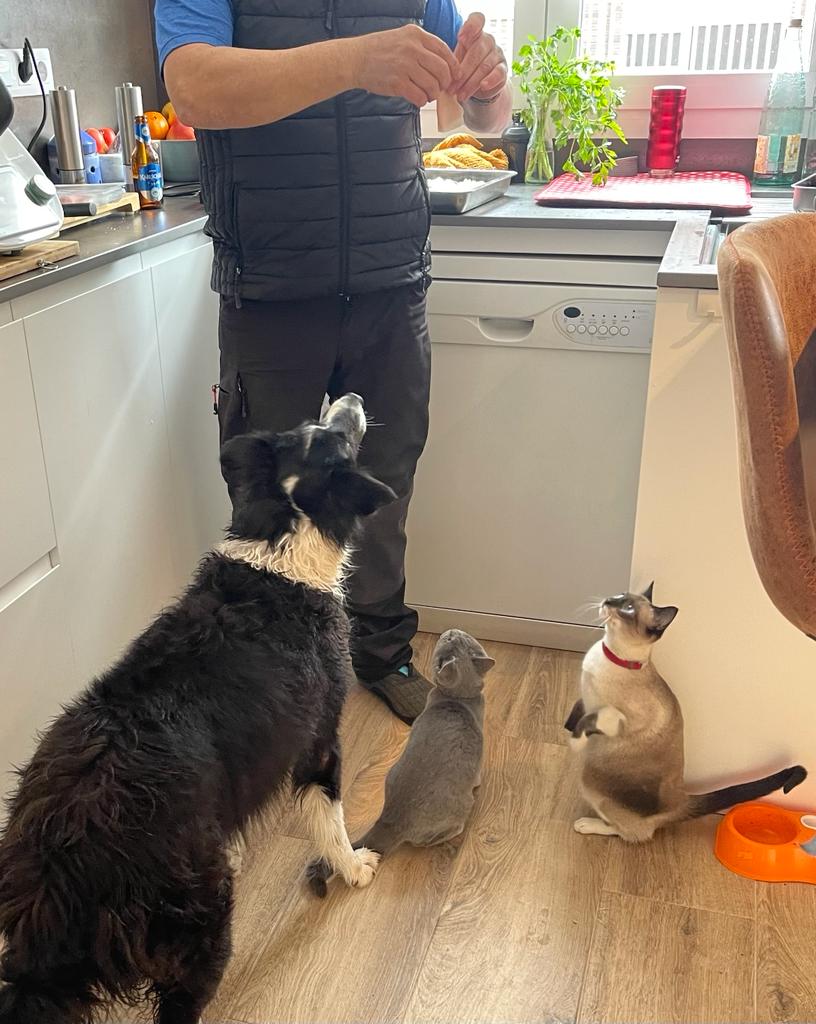In this section:
Can you cut out treats altogether?
First, consider why you give treats (see panel). Perhaps it’s part of bonding with your dog. Research has shown that often when owners perceive their dogs are ‘asking’ for a treat, dogs are actually equally satisfied with extra attention. Try it! You might be surprised by how your dog responds to a cuddle, stroke, play or tummy rub instead of a snack. Similarly, where treats are used as rewards in training, many dogs learn to respond equally well to an alternative ’thank you’.
Our best advice is to stop all treats, but if you feel they are essential, read on.
One rule, lots of tips for sticking to it: You can give treats, but you must reduce your dog’s main ration to compensate.
Mix and match from the following advice to give treats without ruining the weight loss plan:
Use your dog’s main diet for treats. Simply measure out their daily allowance and take any treats from that food. This is easy and our best advice. It means the treats aren’t ’different and delicious’ though.
Use ultra-low calorie treats - they may be enough to convince your foodie dog they are getting a titbit, but have negligible calories.
Factor regular treats in to your daily diet plan. If you give the same tidbits regularly, we just reduce their main food allowance accordingly.
Do daily calculations to keep the calorie count in budget. This is the most challenging option but can work. Make a table of the calories in your dog’s regular treats and the equivalent weight of dog food for the same calories. Each day, remove dog food from their daily allowance to ensure they stay within their daily calorie ’budget’. This is error- prone and takes a lot effort but can be a pragmatic option where there is someone in the house who insists on giving treats, or for dogs which scavenge.
Why do you give titbits and treats to your dog?
Treats are bad news when it comes to weight loss but it can be a difficult habit to break. Consider whyyoudoitsoyoucanfind alternatives.
Sometimes it is for training:
| “It’s an important part of our training and I’m not sure if he’d come back if there wasn’t a biscuit in it.” |
Sometimes as a daily routine:
| “He gets a biscuit before bed to tell him it’s time to settle down.” |
And often it is about building a relationship with our pets:
|
“It makes my dog so happy when I give him some food.” “I’ve always done it and when I tried to stop she just looked so forlorn.” “We always give her some roast dinner on Sunday because he’s part of the family.” |
See an example
MEET BUDDY, THE 15KG COCKER SPANIEL
Buddy’s needs ~780kcal a day to maintain a healthy weight. He gets that from 235g of his usual dog food (Chappie dry).
|
Example of treat, its kcal and percentage of daily requirements
|
Exercise needed to burn out those calories | The equivalent for Buddy's owner |
|---|---|---|
| A Smacho treat: 28kcal or 4% daily requirements. | 1.5 hours of vigorous play. | 2 Oreo biscuits. |
| A Medium Dentastix OR one Bonio: 75kcal or 10% of daily requirements. | 10h of on lead walking. | 1 bag of Maltese. |
| A single Digestive biscuit: 70kcal or 9% of daily requirements. | 6h of swimming. | Nearly 3 biscuits.A |
| A piece of buttered toast: 150kcal or 20% of daily requirements. | 8h of frisbee play. | 2 four-finger KitKats. |
| 3oz of chips scavenged in the park: 250kcal or 32% of daily requirements. | 14h of off lead walking. | A large portion of chips. |
Also consider...
Have previous diets been ruined by these common mistakes?
Is someone in your house not cooperating?
- Small children, regular visitors or a family member with a soft spot can ruin a diet by giving your dog extra food, sometimes without you knowing!
- If you have a culprit in your house, explain why it is important your dog doesn’t get extras. Or show them how to modify their behaviour to keep to the plan (see our Treats section).
Is your dog getting other animals’ food?
- Food motivated dogs may get regular extra portions by helping themselves to food left out for cats, other dogs, wild birds, horses or farm animals. If this is a possibility, what can you change to avoid it?
- Remember—Even small extras have a big effect over time!
Can low-calorie treats satisfy your dog?
You have seen on Buddy's example that tidbits of human food are usually even worse than dog treats.
Carrot chunks, broccoli stems, or pieces of fruit can all be popular and come in at less than 10 kcal.
Beware of treats marketed as ‘low calorie’ - some really are but others are high enough they need to be factored in to the daily allowance.





